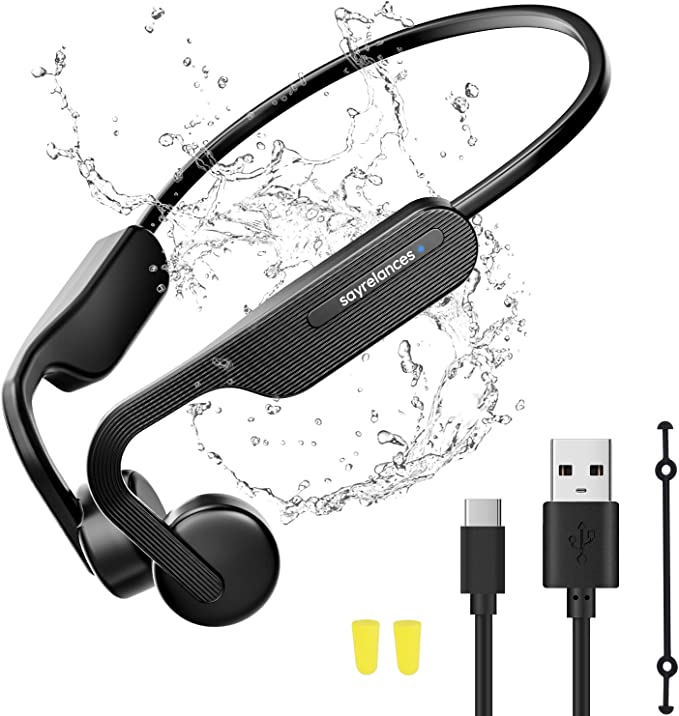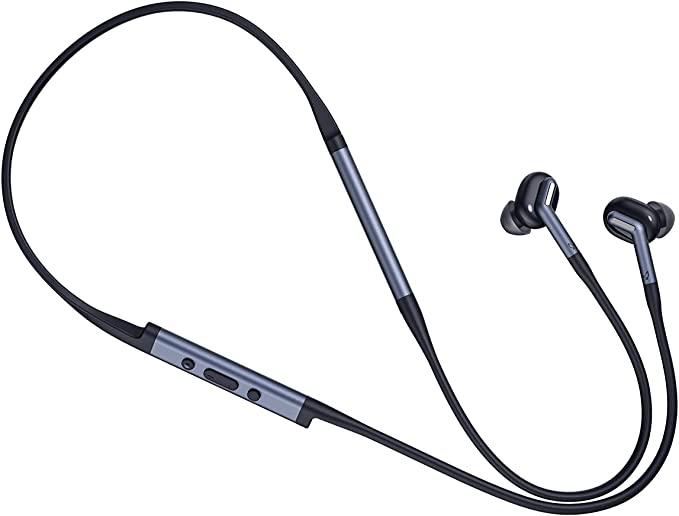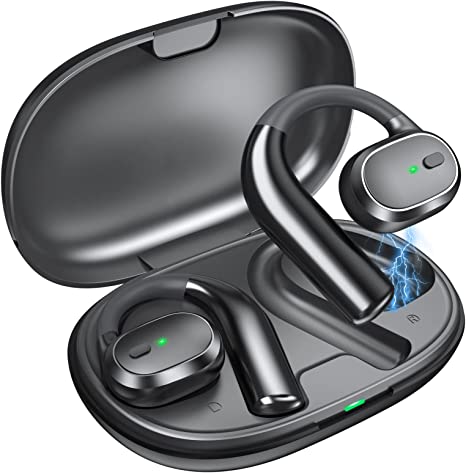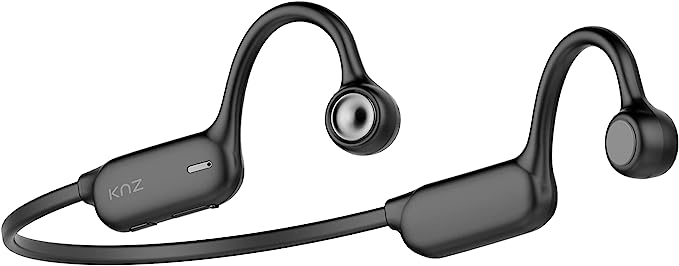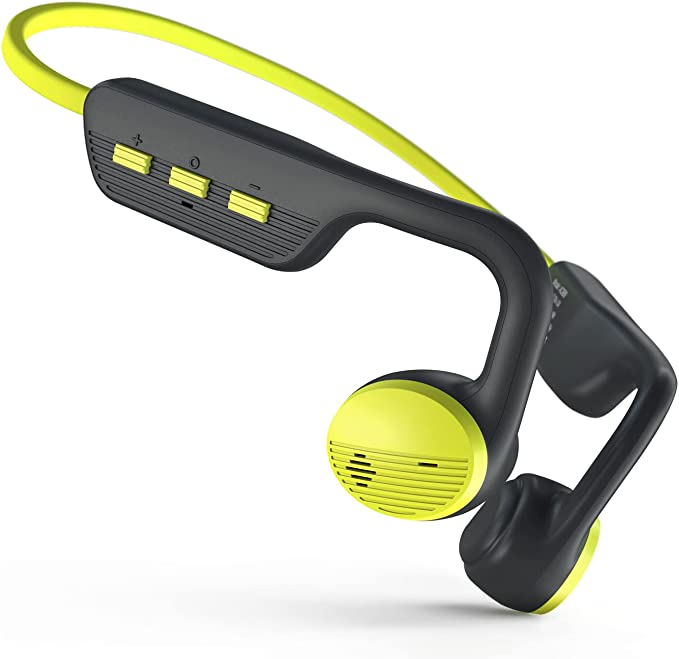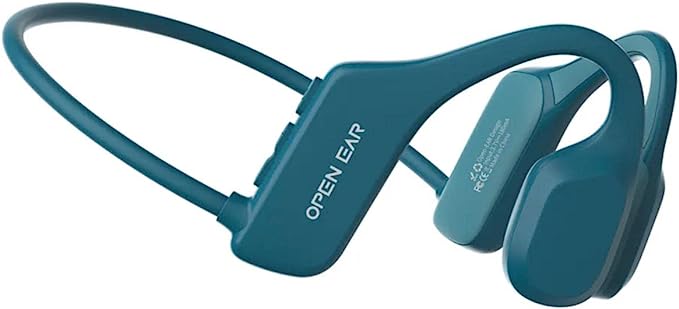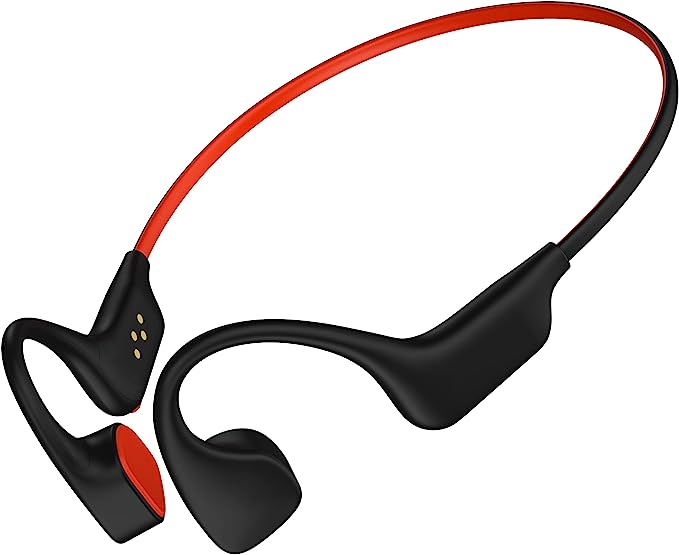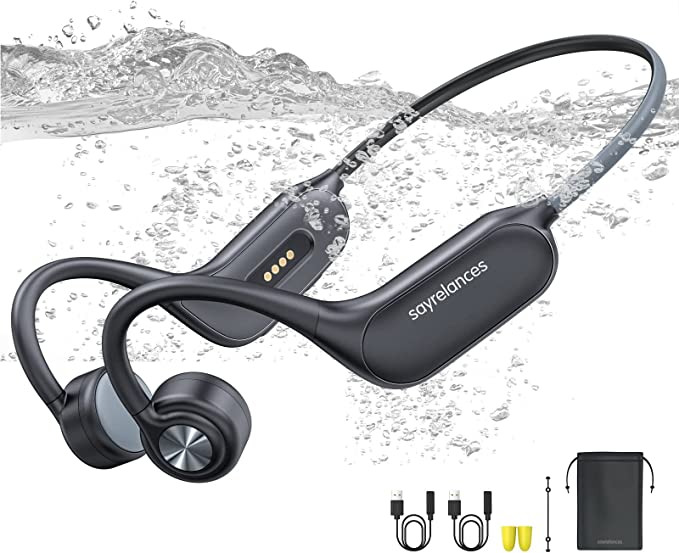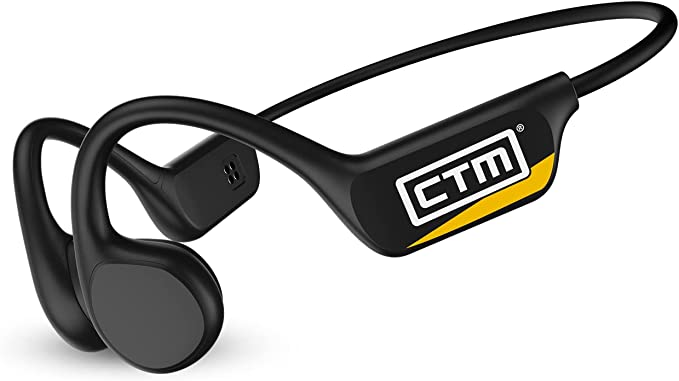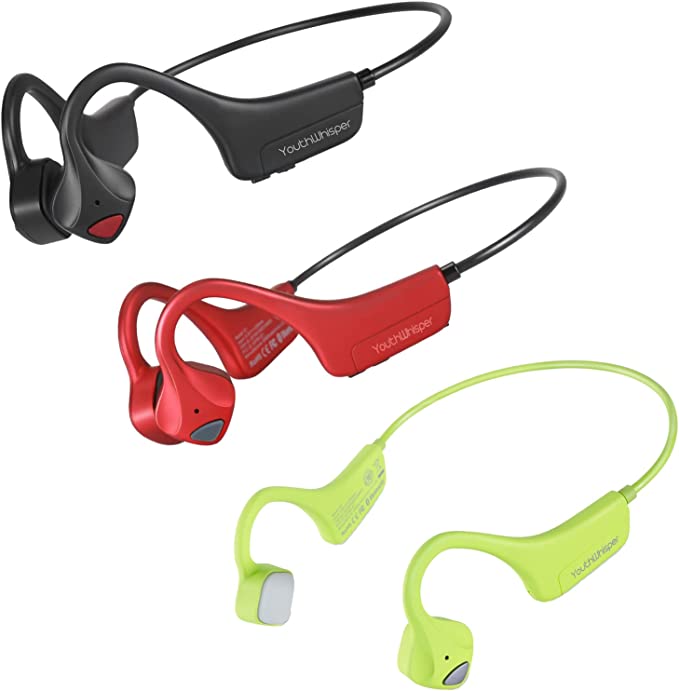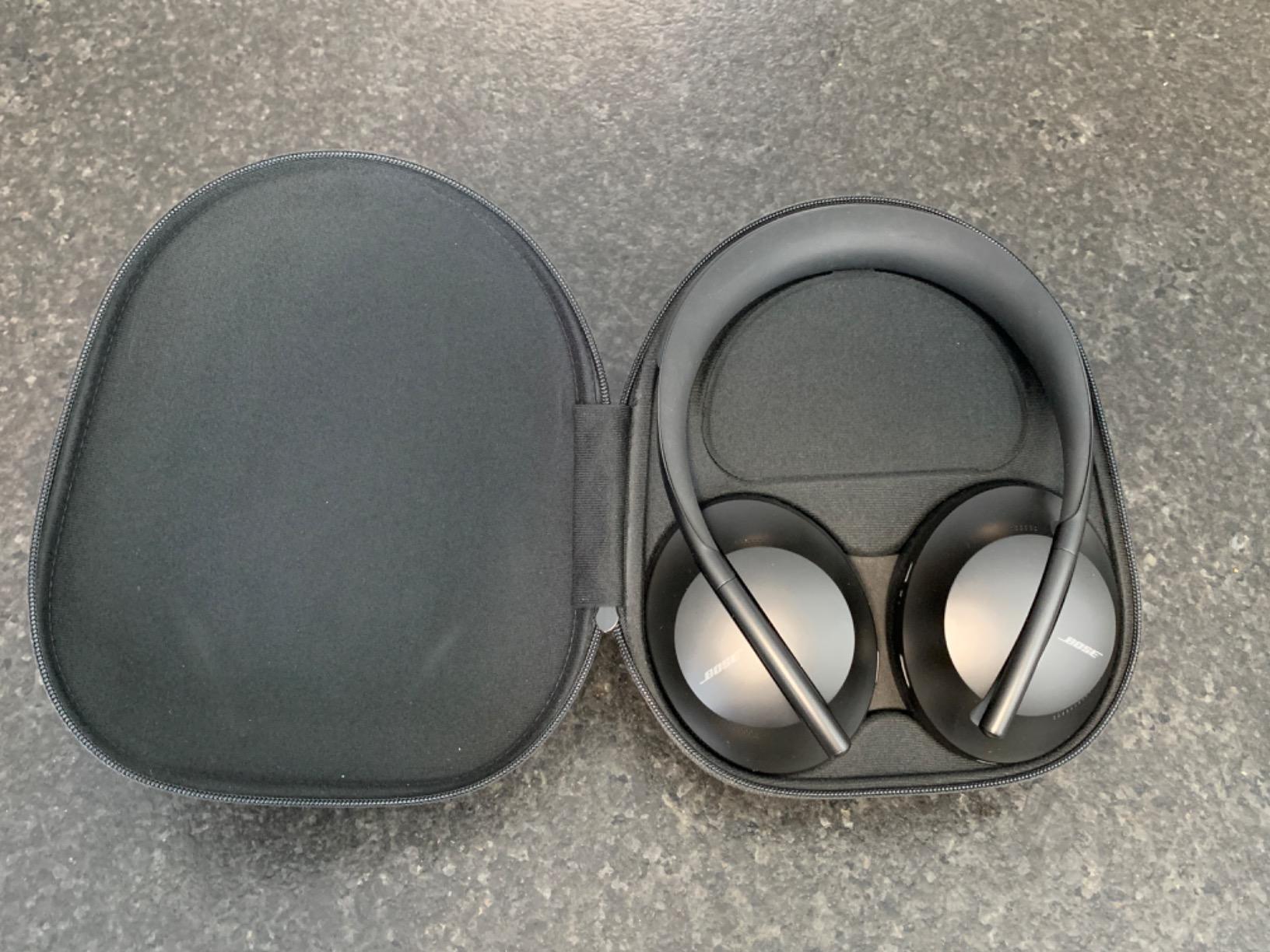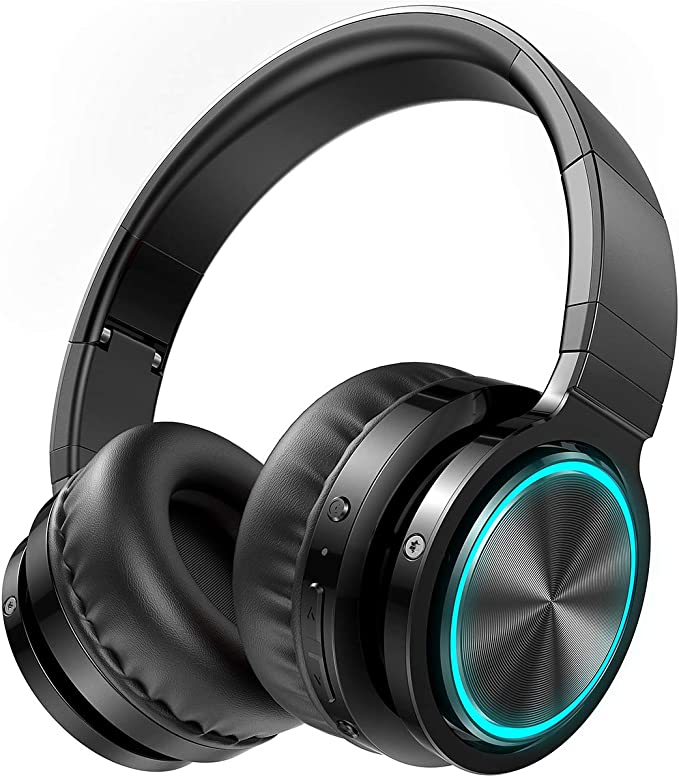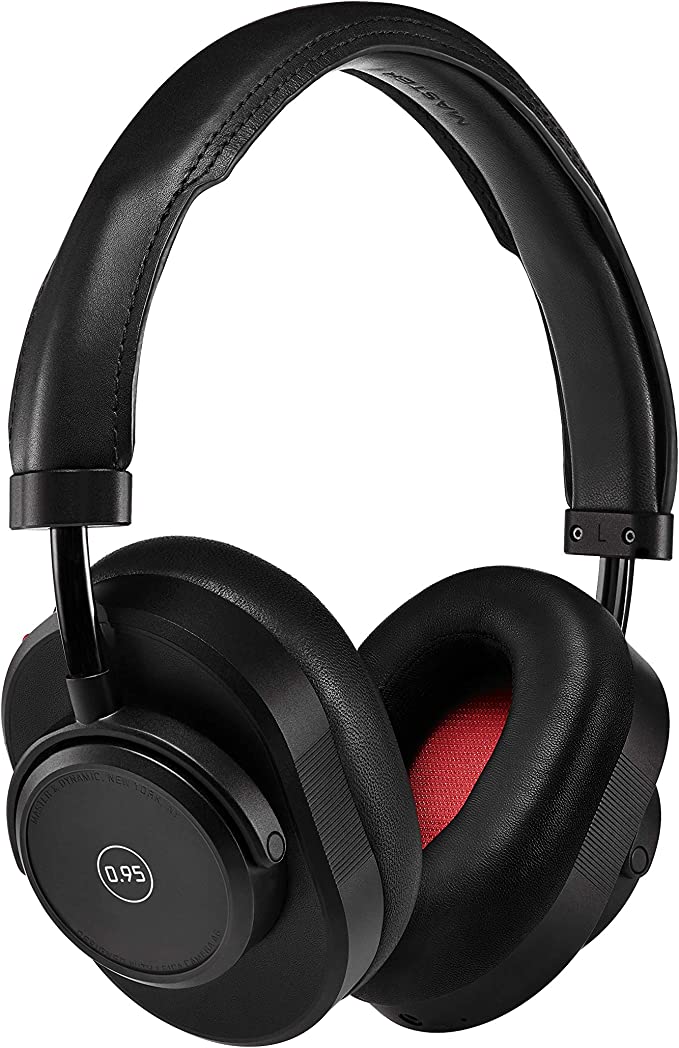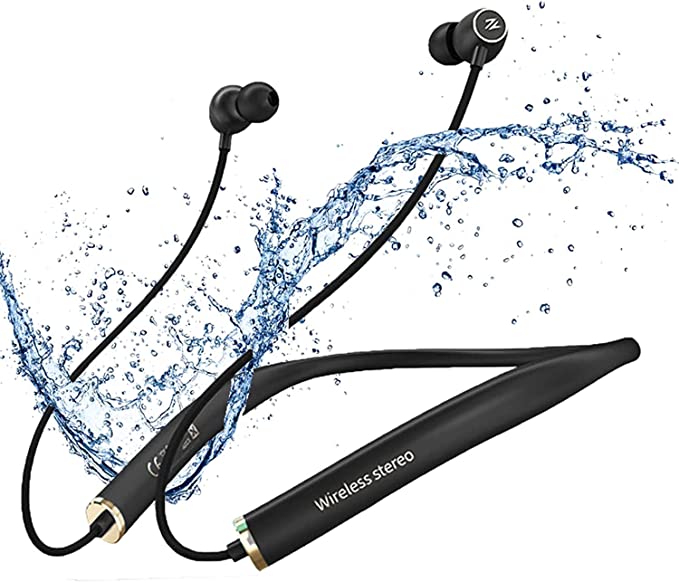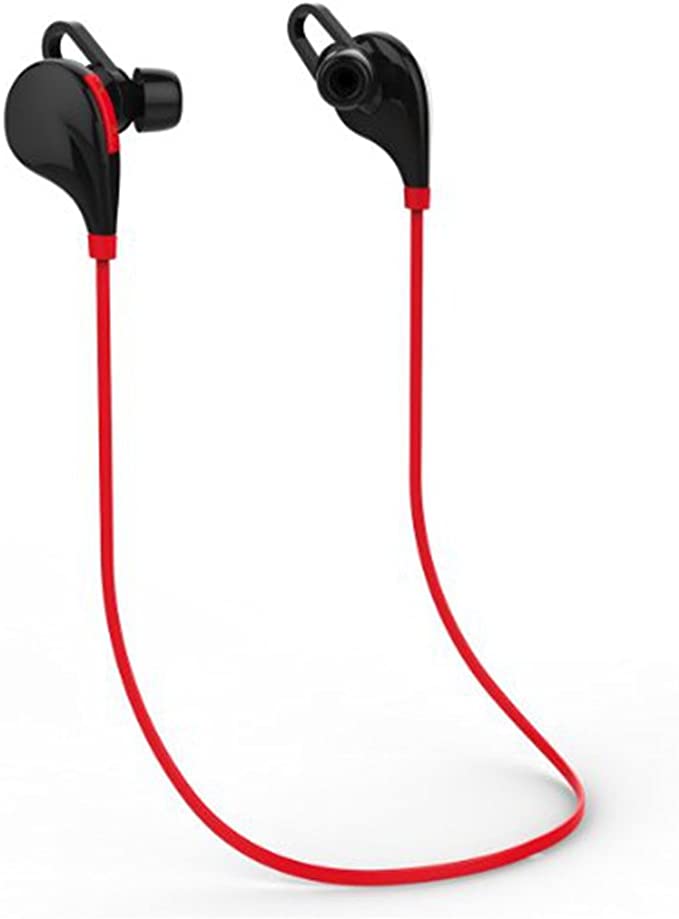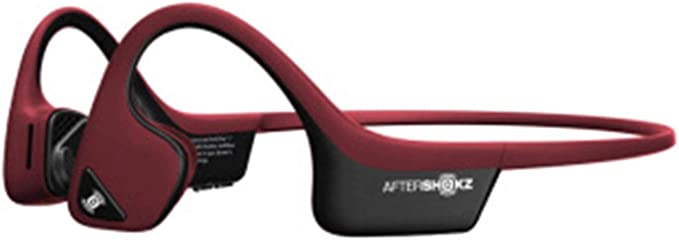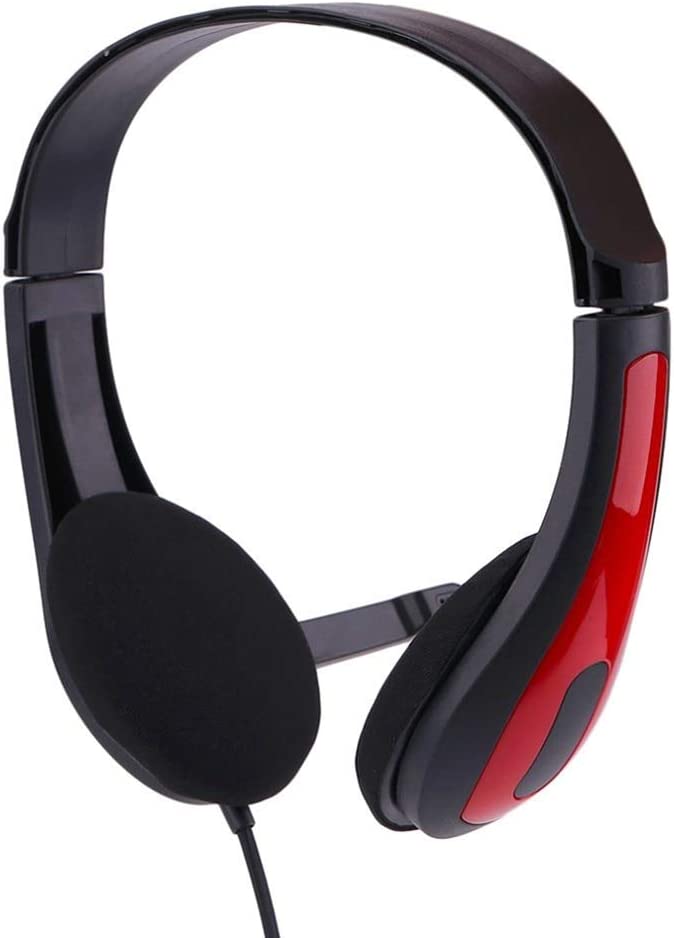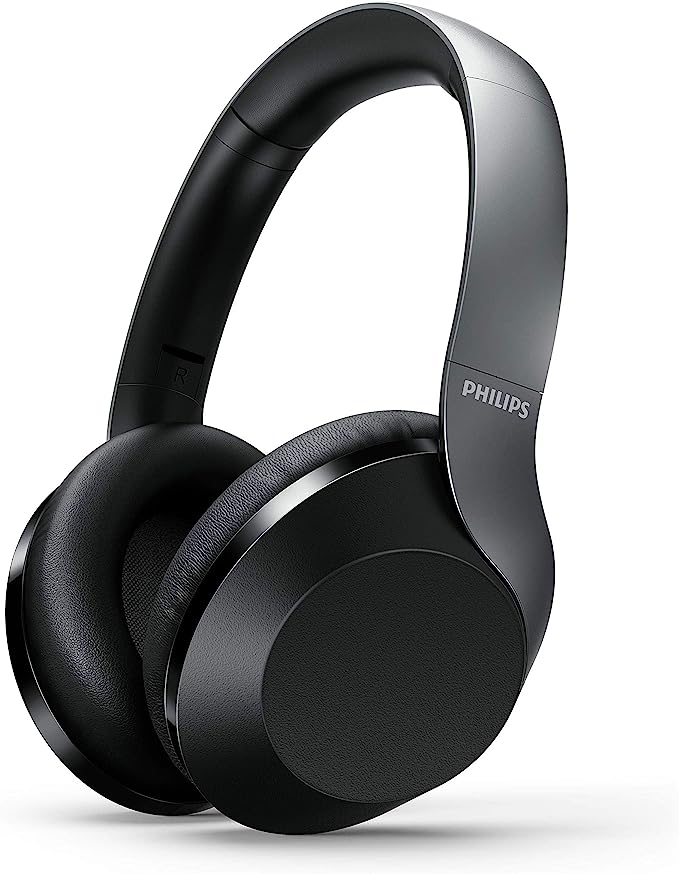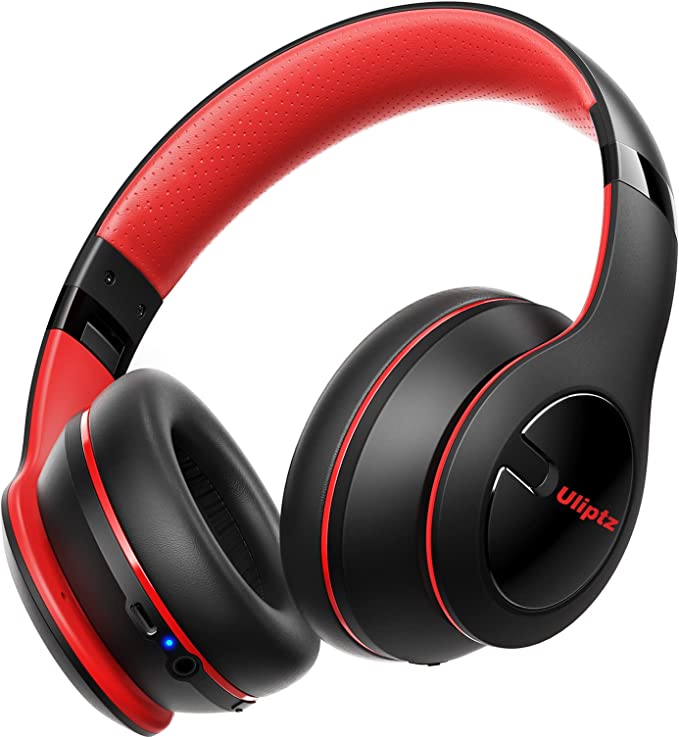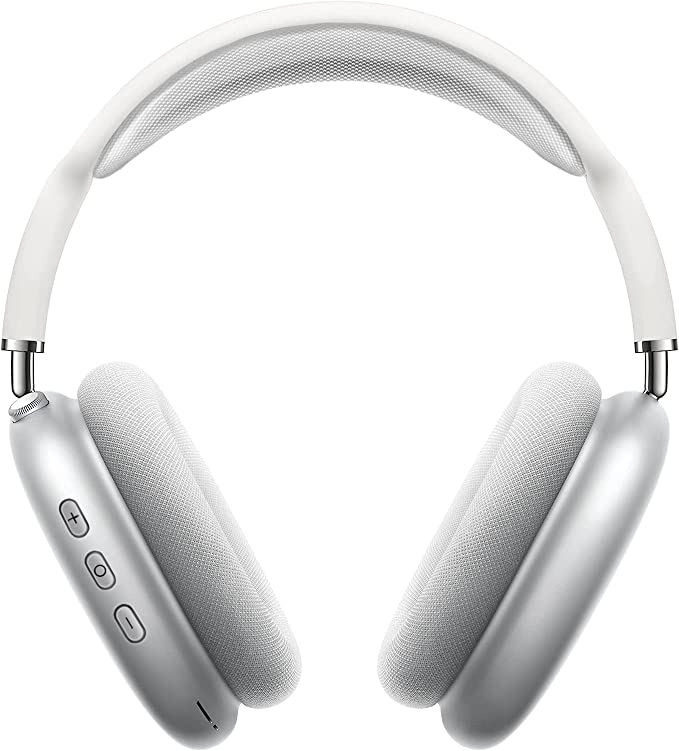Elibom BC01 Bone Conduction Headphones: Hear Your Music, Stay Aware
Update on March 20, 2025, 1:39 p.m.
Imagine you’re cycling through a bustling city. You love listening to music while you ride, but you also need to be acutely aware of your surroundings – the honking cars, the approaching sirens, the shouts of other cyclists. Traditional earbuds block out these crucial sounds, creating a potentially dangerous situation. But what if you could enjoy your music and hear the world around you? Enter bone conduction technology.

The Beethoven Connection
The concept of bone conduction isn’t new. In fact, it has a fascinating historical connection to one of the greatest composers of all time: Ludwig van Beethoven. As Beethoven began to lose his hearing, he discovered that he could still perceive sound by clenching a rod between his teeth and touching it to his piano. The vibrations from the piano traveled through the rod, then through the bones of his jaw and skull, directly to his inner ear, bypassing his damaged eardrums. This, in essence, was bone conduction at work.
Unpacking the Science: Air vs. Bone
To understand bone conduction, we first need to understand how we hear in general. Typically, sound travels in waves through the air. These waves enter our ear canal and vibrate our eardrum. The eardrum, in turn, vibrates three tiny bones in the middle ear (the malleus, incus, and stapes). These bones amplify the vibrations and transmit them to the cochlea, a fluid-filled, snail-shaped structure in the inner ear.
Bone conduction, however, takes a different route. Instead of sending sound waves through the air, it uses transducers to create vibrations that travel directly through the bones of the skull (usually the cheekbones or temporal bones) to the cochlea. It essentially bypasses the outer and middle ear.
Vibrations and the Inner Ear: The Cochlea’s Role
Whether sound arrives via air conduction or bone conduction, the cochlea is where the magic happens. Inside the cochlea are thousands of tiny hair cells. These hair cells are sensitive to different frequencies of vibration. When the fluid in the cochlea vibrates, these hair cells move, creating electrical signals that are sent to the brain via the auditory nerve. Our brain then interprets these signals as sound.
The Open-Ear Advantage: Awareness, Comfort, and Hygiene
Bone conduction headphones, like the Elibom BC01, rest on your cheekbones, leaving your ear canals completely open. This offers several key advantages:
- Situational Awareness: This is perhaps the biggest benefit, especially for athletes and anyone who needs to be aware of their surroundings. You can hear traffic, conversations, and other important sounds while still enjoying your audio.
- Comfort: For many people, especially those who find earbuds uncomfortable or irritating, bone conduction headphones offer a more comfortable listening experience, particularly during extended use. There’s no pressure or blockage in the ear canal.
- Hygiene: Because bone conduction headphones don’t sit inside your ear canal, they tend to accumulate less earwax and bacteria, potentially reducing the risk of ear infections.

Introducing the Elibom BC01: Designed for Sound and Safety
The Elibom BC01 Bone Conduction Headphones are a prime example of how this technology can be applied to create a practical and user-friendly audio device. Let’s take a closer look at its key features:
Lightweight Design: Comfort Meets Performance
Weighing just 25 grams, The Elibom BC01 is incredibly light. This means minimal pressure on your cheekbones, maximizing long wear.
Secure Fit: Stability in Motion
The ergonomic design is intended to provide a secure fit, preventing the headphones from shifting or falling off, even during intense physical activity. This is crucial for runners, cyclists, and anyone who wants to enjoy their music without interruption.
Open-Ear Design: Hear it all
As we’ve discussed, the open-ear design is fundamental to bone conduction. The Elibom BC01 embraces this, allowing you to stay connected to your environment while listening to your audio.
Waterproofing: Built to Withstand
The Elibom BC01 feature a waterproof rating(Need to find real rating), making them resistant to sweat and rain. This is essential for outdoor use and ensures the headphones can withstand the elements.

Extended Battery: Power Through Your Day
With 9+ hours of playback time, you don’t need to recharge often.
Bluetooth Connectivity: Wireless Freedom
The Elibom BC01 uses Bluetooth technology to connect wirelessly to your smartphone or other devices, providing freedom from tangled cords.

Sound Quality Considerations: A Different Kind of Listening
It’s important to understand that the sound quality of bone conduction headphones is different from that of traditional headphones. While the technology has improved significantly in recent years, bone conduction audio generally doesn’t offer the same level of bass response or overall fidelity as high-end in-ear or over-ear headphones. However, for many users, the benefits of open-ear listening and situational awareness outweigh the slight compromise in sound quality. The focus is on delivering clear and understandable audio while maintaining environmental awareness.
The Leakage Factor: A Reality Check
One common concern about bone conduction headphones is sound leakage. Because the headphones don’t seal off your ear canal, some sound can escape and be heard by people nearby, especially at higher volumes. While the Elibom BC01 is designed to minimize leakage, it’s something to be aware of, particularly in quiet environments. The amount of leakage is generally less than what you’d experience with open-back over-ear headphones, but it’s still a factor.
Beyond Music: Other Applications
Bone conduction technology isn’t limited to headphones. It has a number of other important applications:
- Hearing Aids: Bone conduction hearing aids can be a viable option for people with certain types of hearing loss, particularly those with conductive hearing loss (problems with the outer or middle ear).
- Military and Law Enforcement Communications: Bone conduction headsets are used in situations where clear communication and situational awareness are critical, such as in noisy or dangerous environments.
- Underwater Communication: Because sound travels differently through water, bone conduction can be used for underwater communication devices for divers.

The Future of Sound: Innovation on the Horizon
Bone conduction technology is constantly evolving. Future advancements may include:
- Improved Sound Quality: Researchers are working on ways to enhance the bass response and overall fidelity of bone conduction audio.
- Reduced Sound Leakage: New designs and materials may help to further minimize sound leakage.
- Miniaturization: Bone conduction transducers could become even smaller and more discreet.
- Integration with Other Technologies: We might see bone conduction integrated with other wearable technologies, such as smart glasses or virtual reality headsets.
- AI-Powered Noise Cancellation: Sophisticated algorithms could help to filter out unwanted ambient noise while still allowing you to hear important sounds.
The Elibom BC01 represents a step forward in making bone conduction technology accessible and practical for everyday use. It’s a testament to how we can blend innovative science with thoughtful design to create a unique and valuable listening experience. It’s about more than just listening to music; it’s about staying connected to the world around you while you do.
